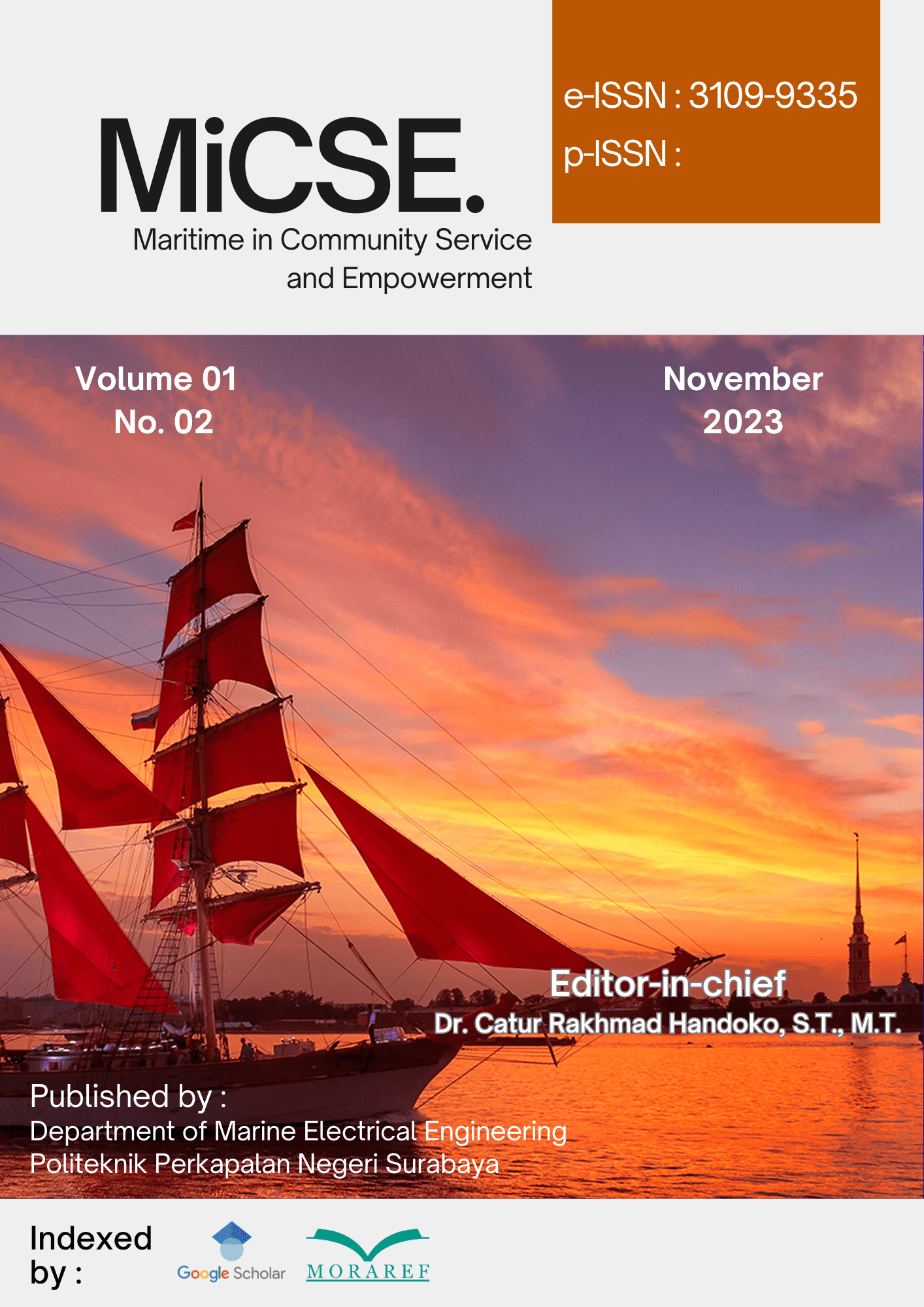Optimization of PG45RS775 DC Motor Using LQR and LQT Methods for Community Empowerment Applications
Keywords:
LQR, LQT, NoiseAbstract
The role of control systems in improving the effectiveness and efficiency of manufacturing processes has become increasingly critical, particularly in the context of the Fourth Industrial Revolution. With a growing demand for high-performance systems, optimizing control strategies is of paramount importance, especially for community-driven initiatives that seek to address local economic and technological challenges. Among the various control methods available, Linear Quadratic Regulator (LQR) and Linear Quadratic Tracking (LQT) are two prominent techniques used to achieve optimal performance in dynamic systems. In this study, we applied the LQR and LQT methods to optimize the performance of a PG45RS775 DC motor, a key component that could be used in community-based applications, such as small-scale industrial production or educational workshops. The results indicated that the LQR method achieved the desired set point with a lower overshoot compared to LQT, demonstrating its potential for applications requiring precision and stability. Additionally, in real-world systems, noise or disturbances are often present, which can negatively affect the performance of control systems. In this research, noise was introduced into both LQR and LQT systems, and its impact on the output was analyzed. The addition of noise resulted in a noticeable increase in overshoot, especially within the LQT system. Understanding the effect of noise is crucial for community-based technological solutions, as it allows for the development of more robust systems that can withstand environmental challenges, ensuring the sustainability of community empowerment projects.



